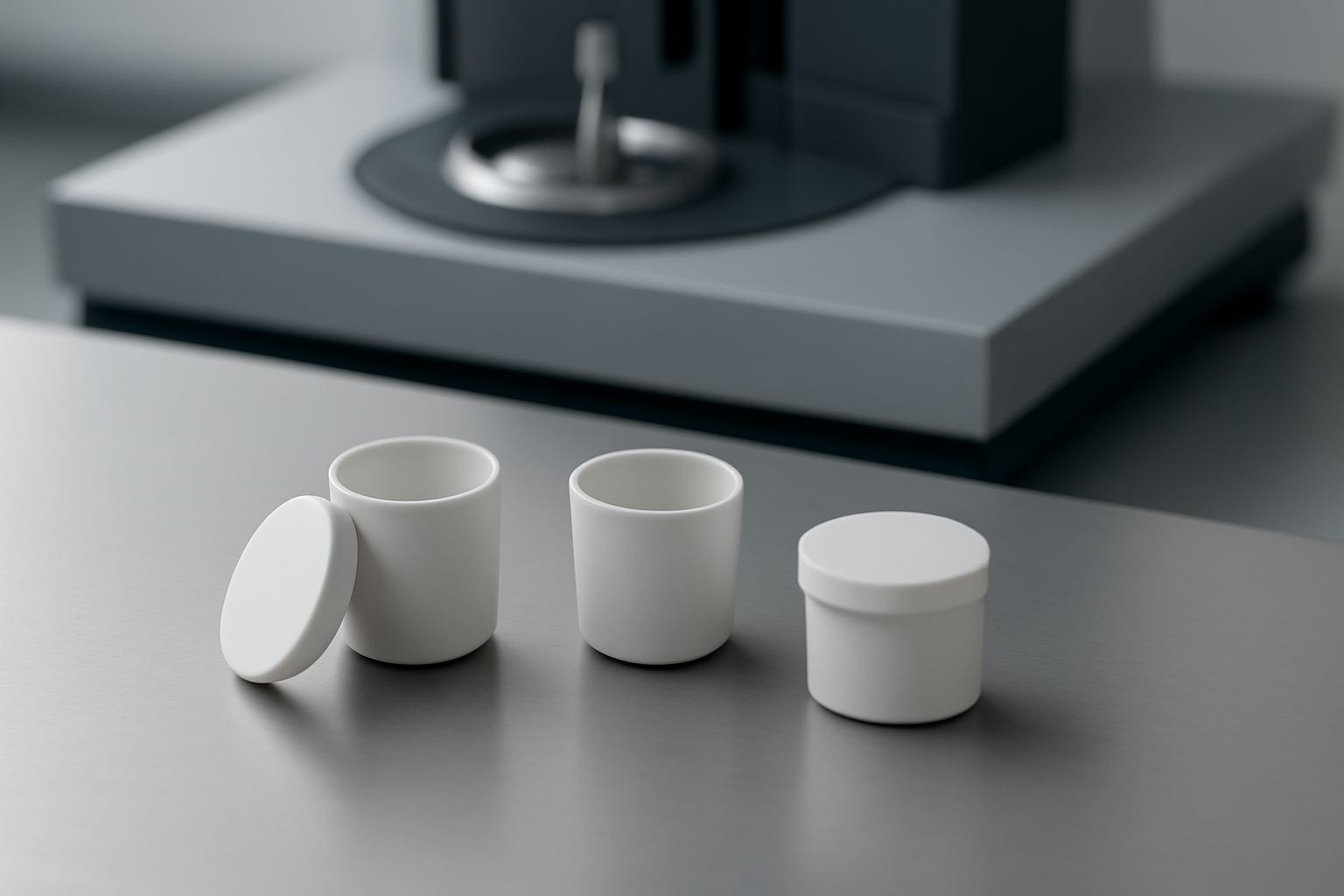Your cart is empty.
shop now
Your cart is empty.
shop now
Inconsistent thermal analysis results slow down progress and create waste for laboratories. Many issues start from neglected or improperly handled reusable crucibles during regular testing and maintenance cycles.
For optimal results in thermal analysis, regularly inspect reusable crucibles for damage or signs of wear. Practice proper cleaning, monitor for cross-contamination, and replace crucibles at the right time to support accuracy and equipment safety.

I have watched experienced teams lose valuable samples due to preventable crucible problems. Early intervention and standardized procedures always reduce risks and protect data quality. The insights below outline troubleshooting and best practices for maximum crucible lifespan and test reliability.
Ignoring surface defects or color change can lead to sample loss or unreliable readings. Many users miss these warning signs until the crucible fails at a critical moment.
Check regularly for cracks, chips, warping, and stubborn discoloration. Uneven surfaces or minor structural damage can affect heat transfer and contaminate results.
| Sign | Possible Effect | Solution | Reference |
|---|---|---|---|
| Cracks/Chips | Sample leaks, breakage | Replace immediately | Lab safety guidelines |
| Warpage | Unstable baseline | Retire from high-precision use | Instrument manual |
| Permanent discoloration | Surface reaction, cross contamination | Review cleaning/usage protocol | Quality control SOP |
| Pitting/corrosion | Signal drift | Check for correct cleaning solutions | Corrosion info |
I support routine visual and tactile checks before every test cycle. Document findings to track performance decline and address issues before they affect test accuracy or safety.
Lab errors often come from invisible residue left behind after previous analyses. Even trace contamination can produce false peaks or skewed baselines in sensitive thermal analysis projects.
Always use dedicated crucibles for different sample types if possible. Apply thorough, method-specific cleaning between runs, and avoid mixing tools or storage containers for different materials.
| Source of Contamination | Resulting Problem | Prevention Measure | More Info |
|---|---|---|---|
| Residue from previous sample | False results, missed transitions | Clean between runs, label clearly | Lab technique |
| Shared tools (tweezers, spatulas) | Spread of materials | Dedicate tool per sample/group | Lab workflow standards |
| Improper storage | Mixing of dust, moisture | Use clean, marked containers | GLP protocols |
I organize my workspace by color-coding harvest trays and tools for different material types. This small step prevents major errors and ensures each batch reflects only intended test values.
Neglecting regular, gentle cleaning shortens crucible life and allows buildup. The result is surface roughness, more frequent signal drift, or inconsistent heat transfer in your analysis results.
Choose cleaning solutions recommended for your crucible’s material. Avoid abrasive scrubbing, opt for soaks or rinses in approved solvents, and dry completely before reuse for consistent performance.
| Material | Approved Cleaning | What to Avoid | Best Practice | Reference |
|---|---|---|---|---|
| Alumina | Dilute acid soak, soft brush | Strong base, metal implements | Rinse and dry, avoid scratches | Lab maintenance guides |
| Platinum | Acid bath, gentle polish | Abrasive pads, chlorine | Inspect often for micro-cracks | GLP protocols |
| Boron nitride | Distilled water rinse | Chemicals, harsh physical force | Dry carefully, store securely | Supplier’s user sheet |
I document each cleaning cycle in my records and always inspect surfaces for damage. Consistent care pays off with fewer errors and a longer working life for every crucible.
Pushing an old crucible past its usable life leads to costly equipment failures or repeated out-of-spec results. Signs of fatigue or recurring contamination must not be ignored.
Replace a crucible at the first sign of serious structural damage, persistent stains, or routine performance issues like drifting baselines or irregular heat flow. Keep a replacement cycle log and follow supplier recommendations.
| Indicator | Risk | Action | Info Source |
|---|---|---|---|
| Cracks/chips after repeated use | Breakage during thermal cycle | Retire immediately | Material science data |
| Irremovable stains | Hidden residue, absorption | Switch to new unit | Quality assurance |
| Loss of mass or warping | Unreliable results | Discard responsibly | Instrument service manual |
I track every crucible’s cycle count and condition in planning sheets. Following a documented replacement schedule supports lab safety and consistent reporting in regulated industries.
Regular inspection, effective cleaning, and timely replacement prevent most issues with reusable crucibles. This approach protects your data, equipment, and long-term lab performance.
Contact technical support: info@redthermo.com